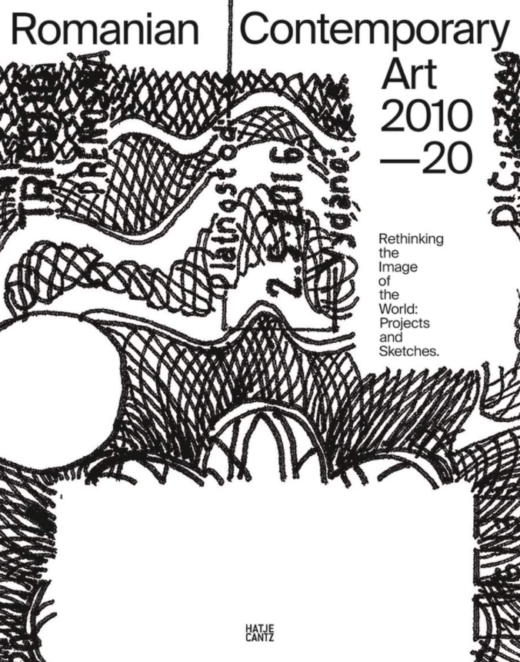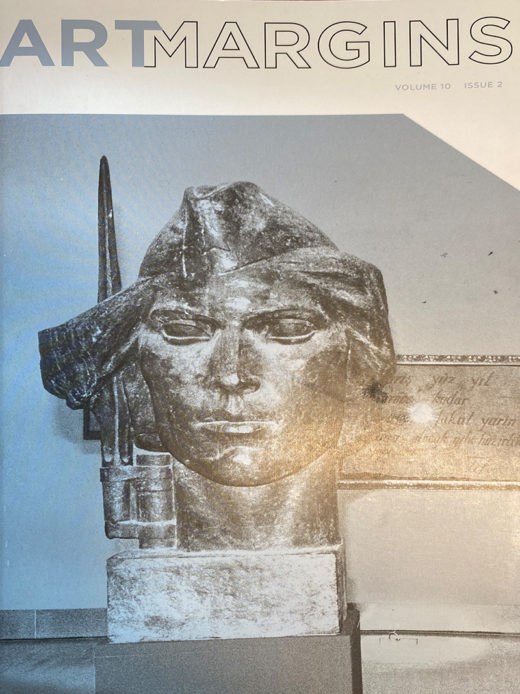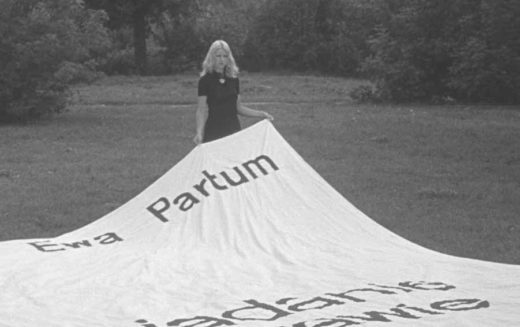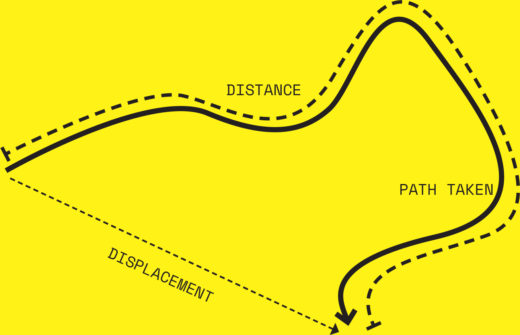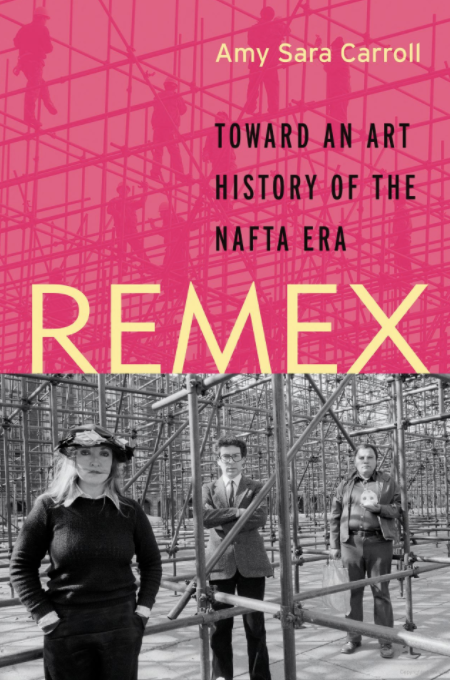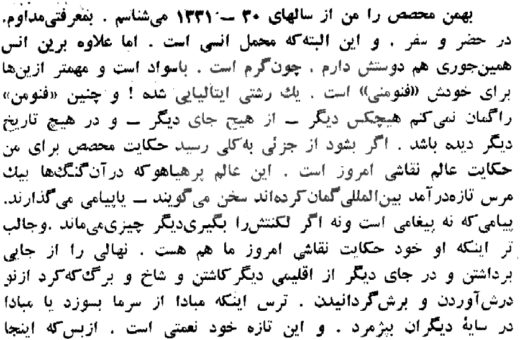Mark Verlan (1963-2020): An Absolute Totality
Moldovan artist Mark Verlan passed away in Chişinău on the eve of this new year. Known by many names – Marioka Son of Rain (Marioca fiul ploii in Romanian and Marioca sin dozhdea in Russian), Marioca Son-and-Rain, or simply Mark, Marc, Maric, or Marik – he died at the age of 57 of a heart attack. Some names were given to him, others he chose (like his nom d’artiste “Son of Rain”), and the rest are the result of Moldova’s bilingualism, or the local preference for diminutives used to convey endearment or playful respect. His many names and spellings … Read more


